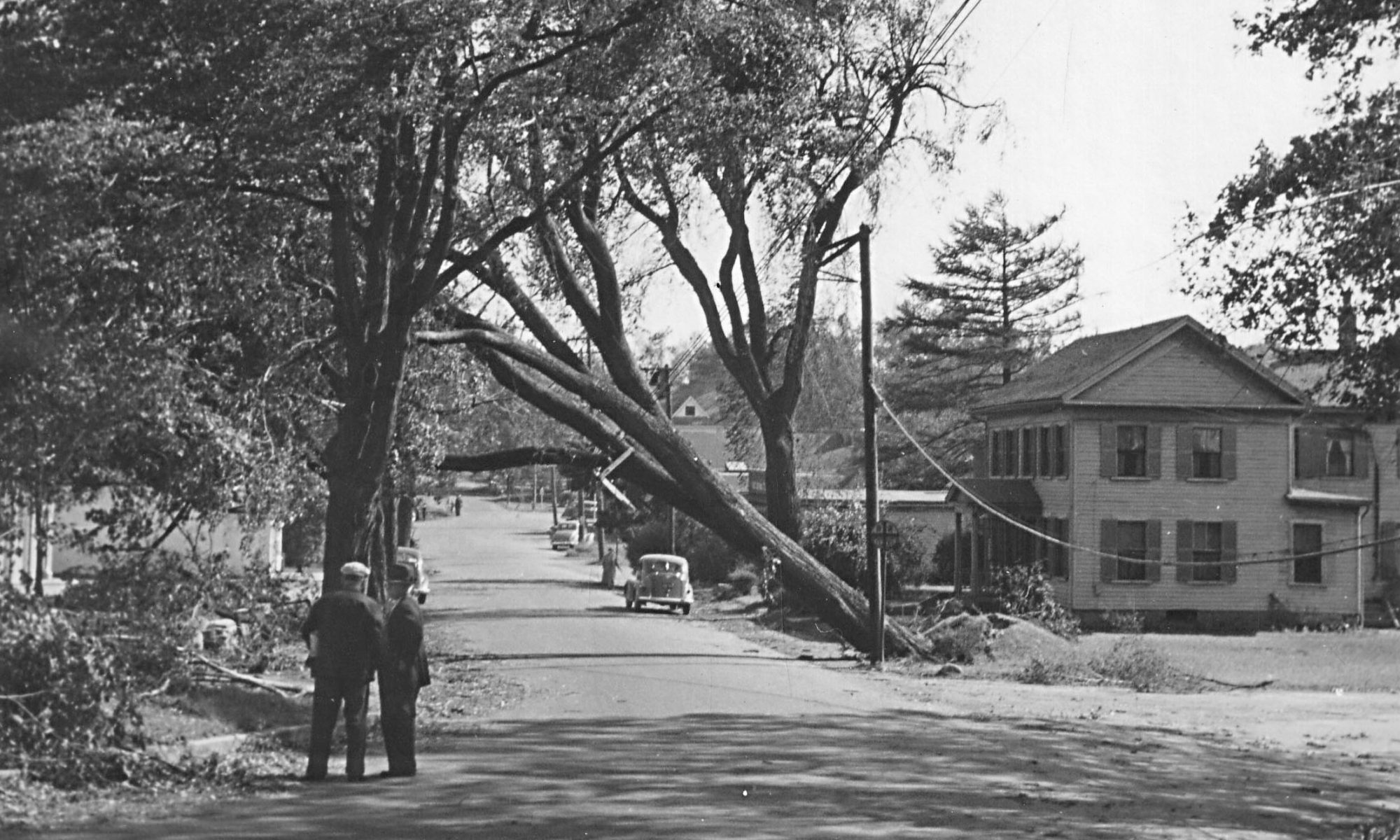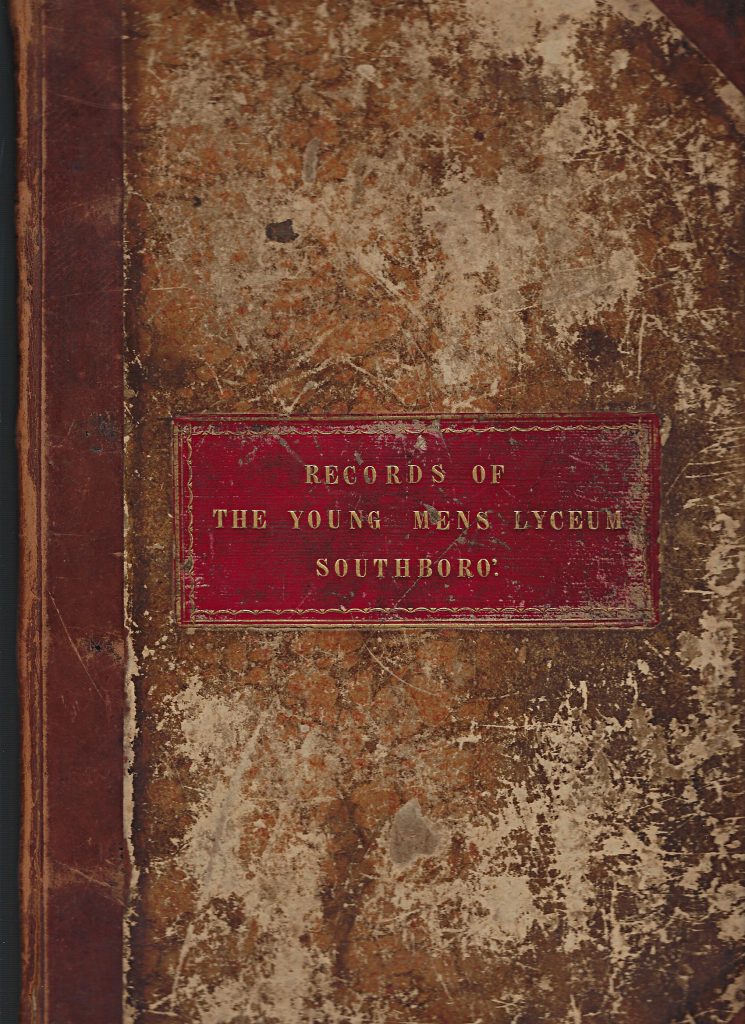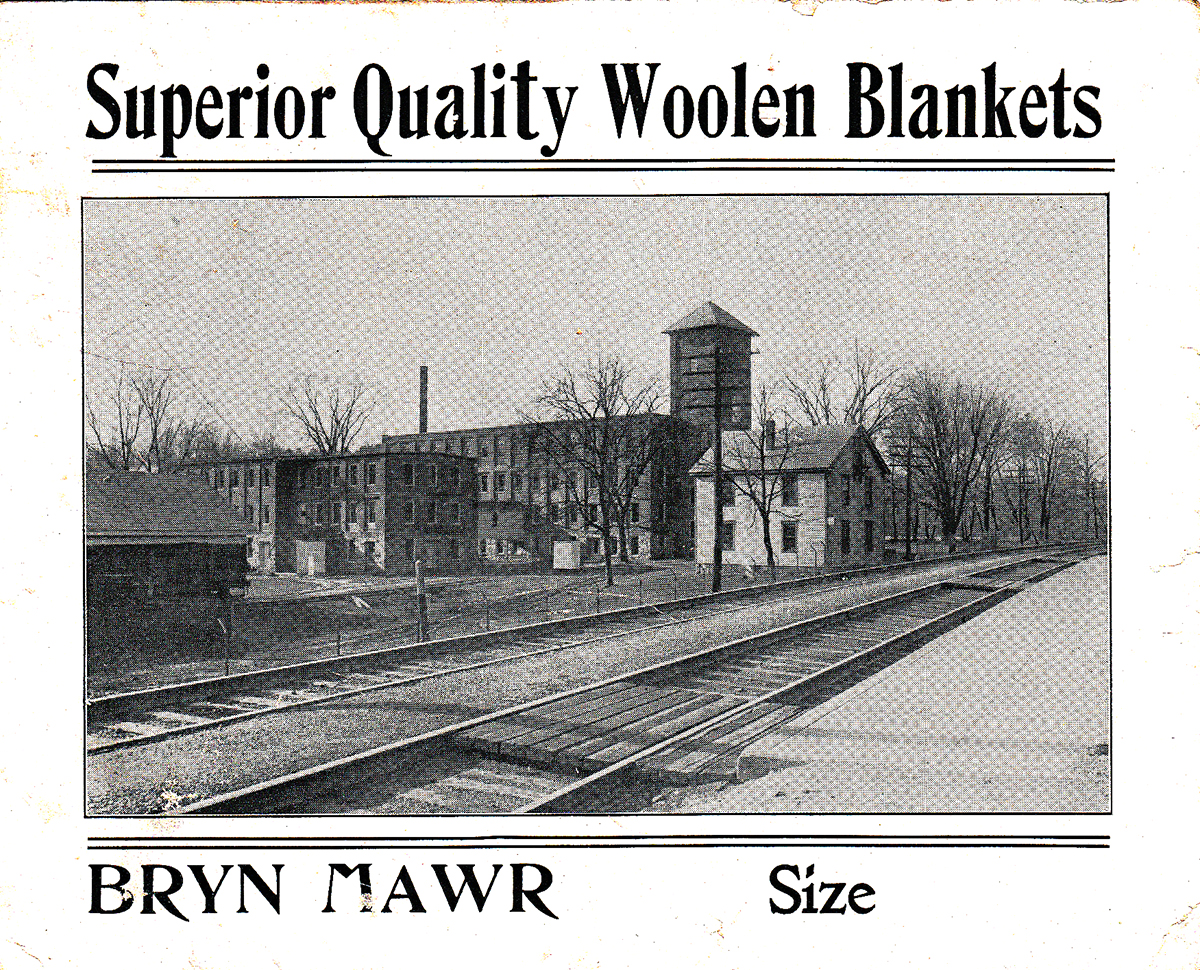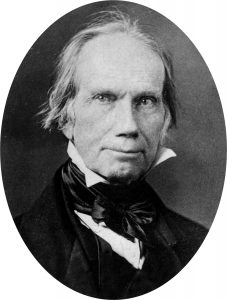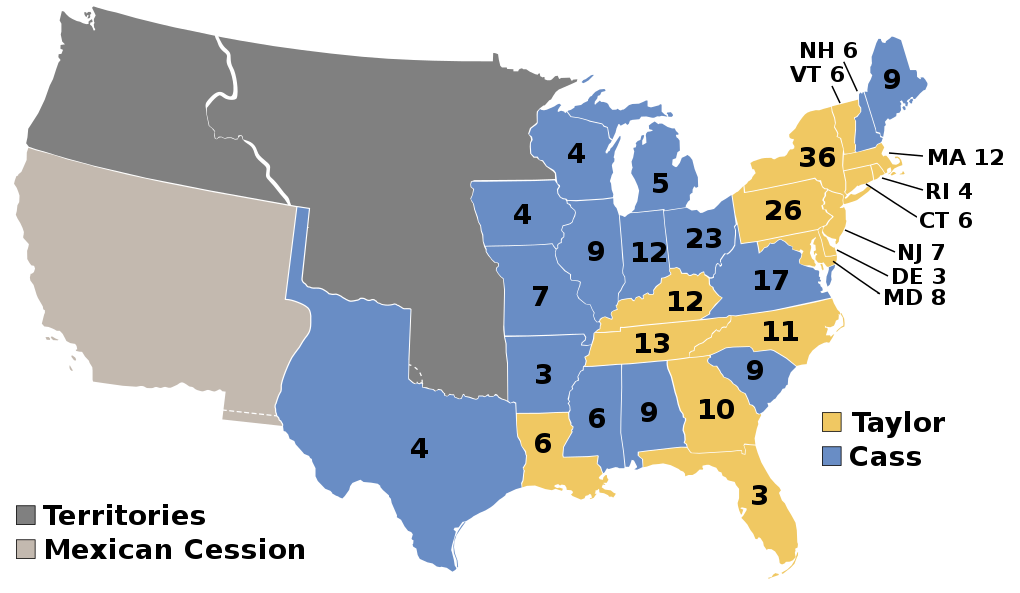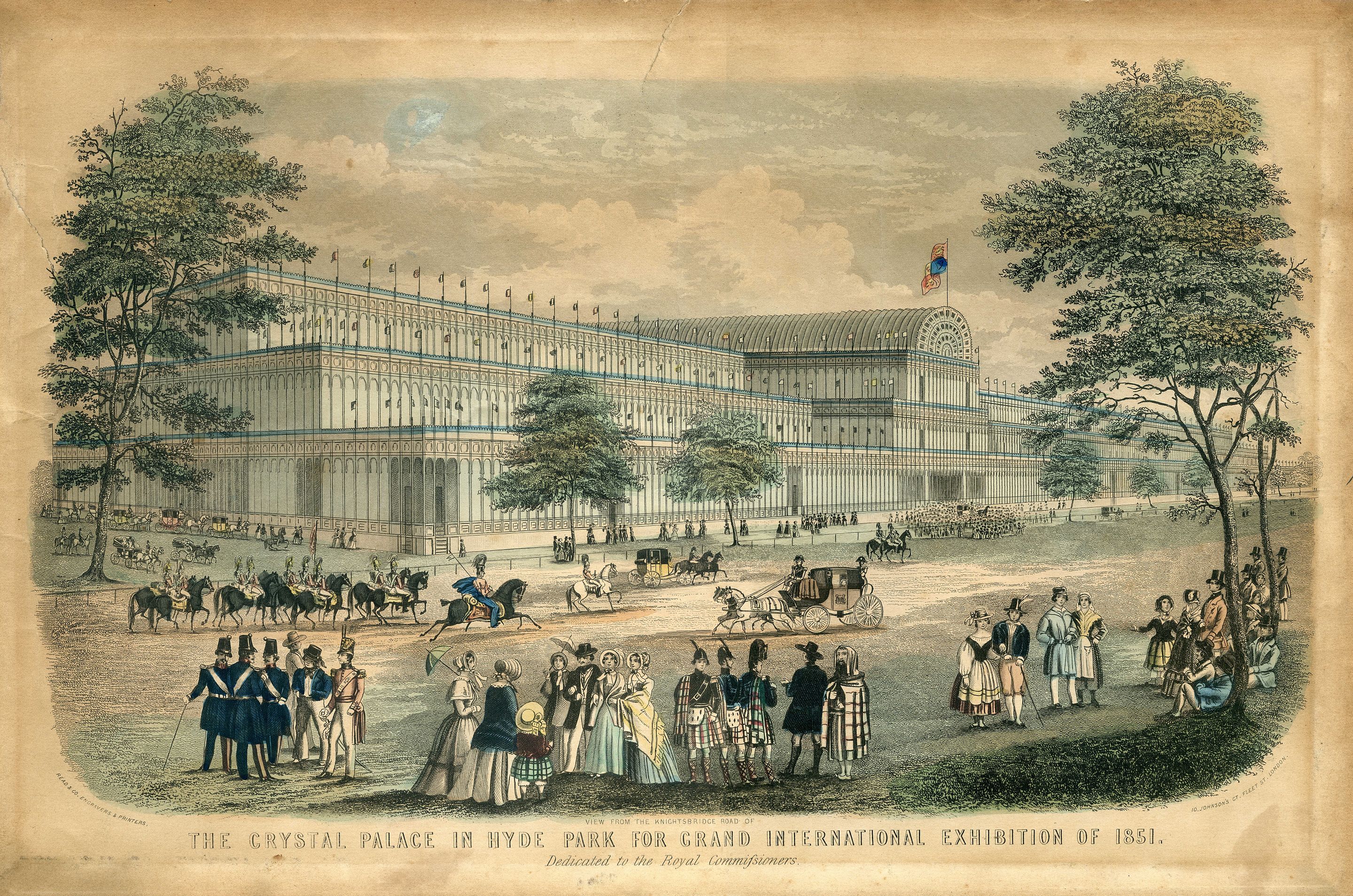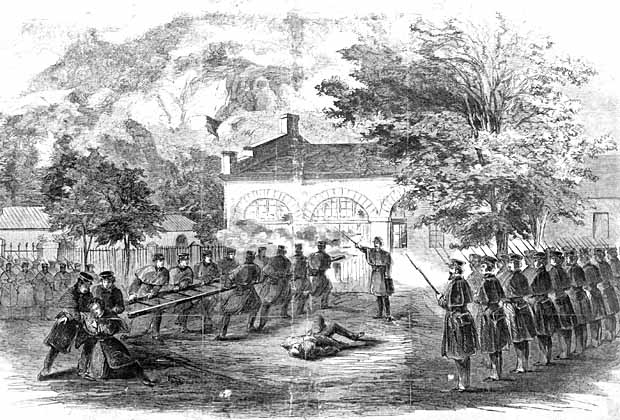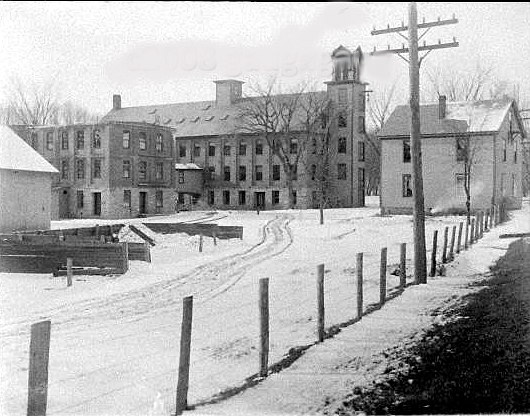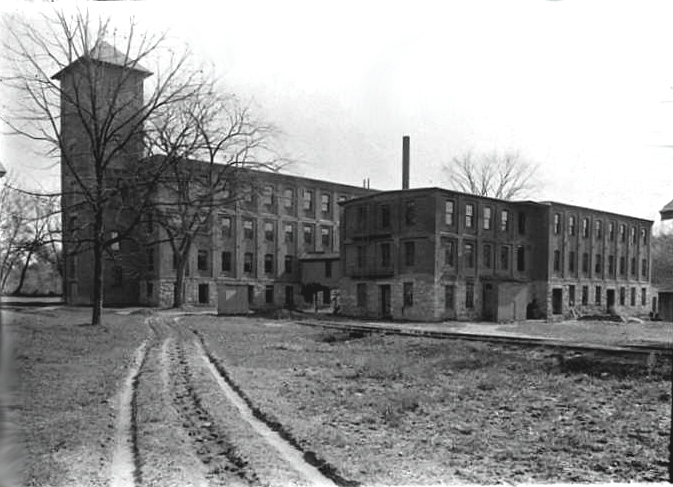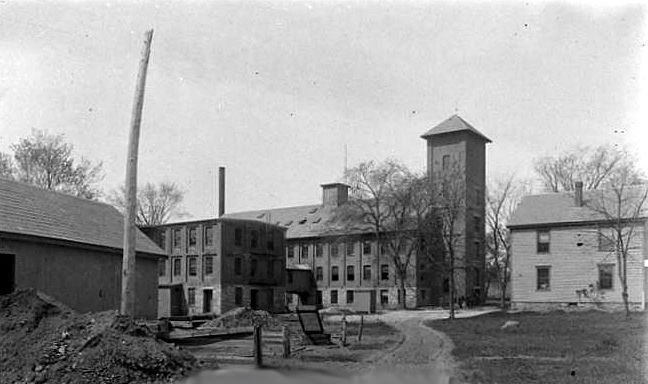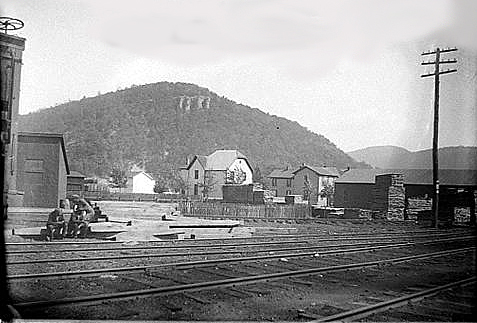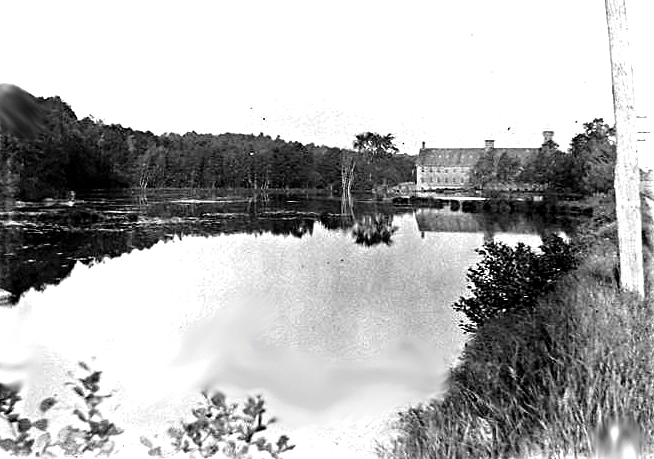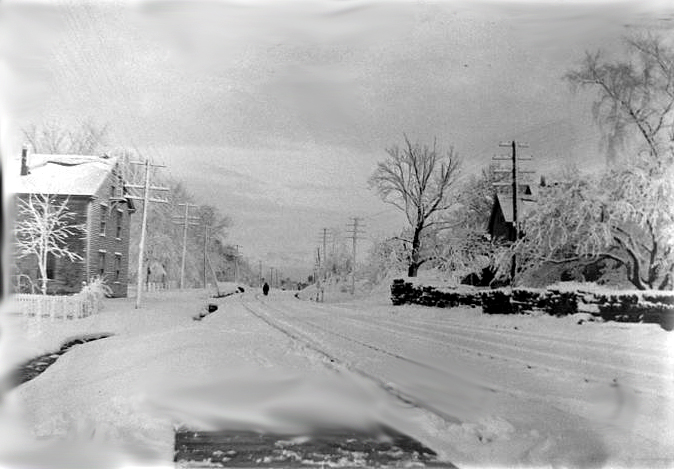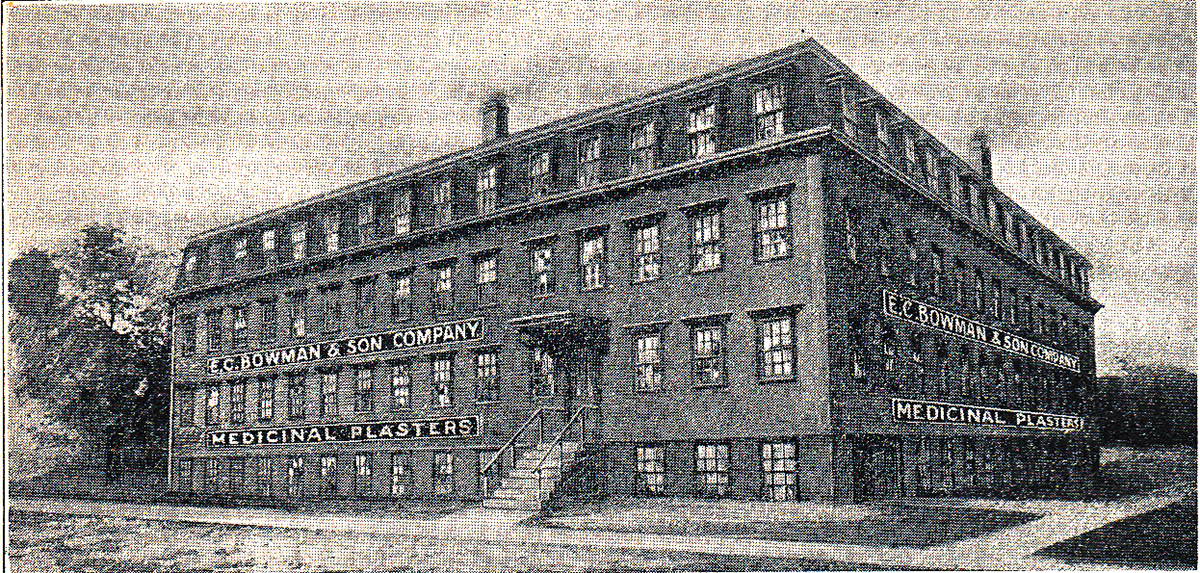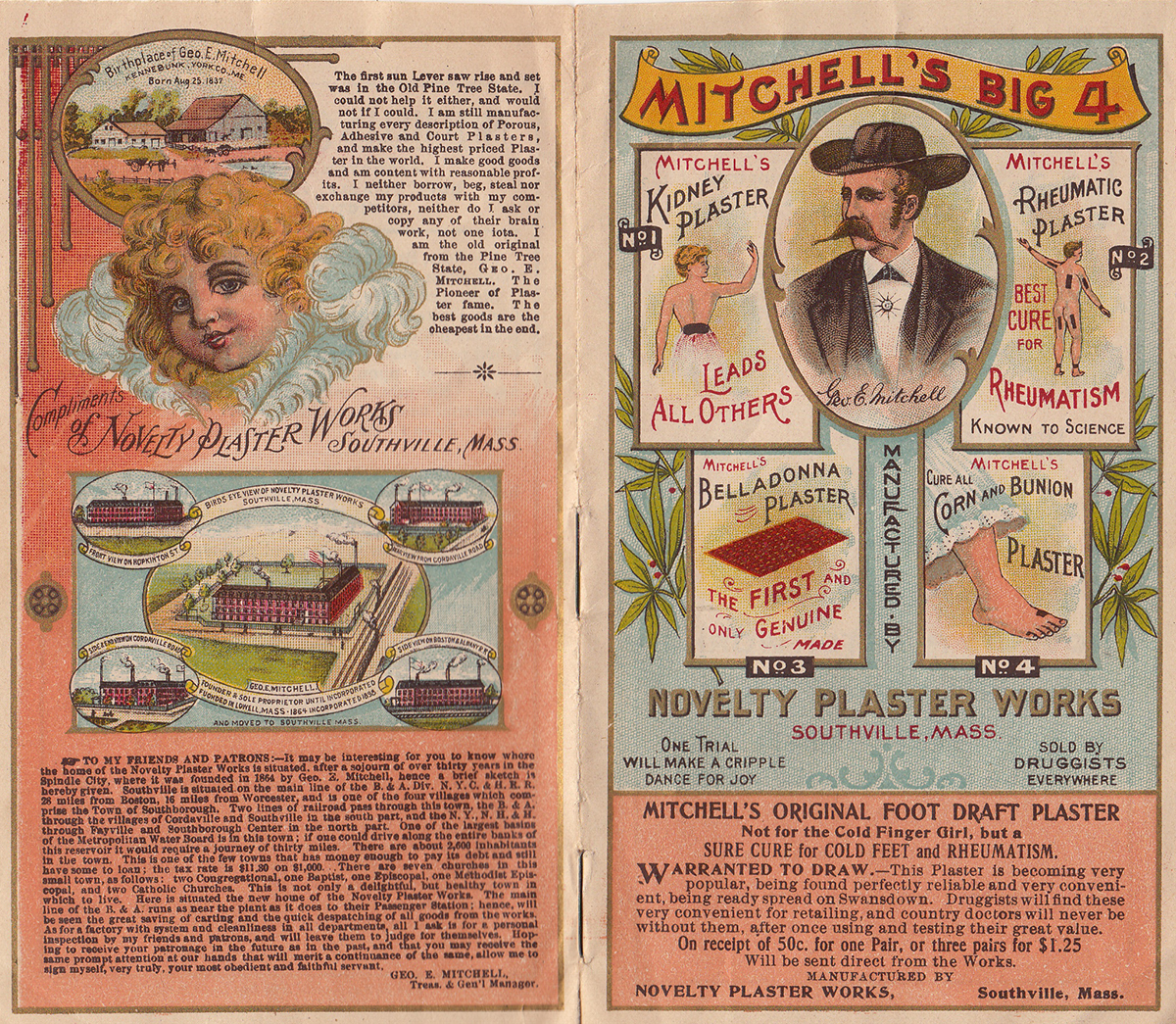As our nation engages is a tug of war about what our history is and what should be taught in schools, perhaps we can learn a lesson by looking at a small portion of the history of our own town. Some Americans today are trying to ban teaching lessons that reflect badly on their ancestors and I am sure that we would like to think that the bucolic town of Southborough’s history does not include any of the uglier chapters of the country’s past. What began as a quest for the identity of a girl named Martha buried in the Old Burial Ground ended up as a hunt for more information about Irish immigrants in Southborough, and unearthed the prejudice that manifested itself in Southborough in the nineteenth century.
There is a marker in the Old Burial Ground for grave 74 that merely says Martha. Members of the Historical Society have long wondered who Martha was. Our only clues were the people buried near her, but we could establish no definitive connection to any of them. Knowing there was a Burial Book that meticulously recorded deaths and burials in Southborough from 1794-1862, I began the pursuit of the death of any Martha during that time span. I realized that the time period 1727-1793 was not included in that source, and that since the Rural Cemetery opened in 1842, most burials after that date would not have been in the Old Burial Ground. After cross checking all the recorded deaths with tombstones in the Old Burial Ground and burials in the Rural Cemetery. I was left with three possible women named Martha in the Old Burial Ground who are unaccounted for. Uncertainty remains as to Martha’s last name. The Old Burial Ground is the resting place of all three of these Marthas, but does the stone belong to one of them, or to a Martha who died before 1794 or after 1862? There are over six hundred unmarked graves in the Old Burial Ground. To further add to the mystery, Martha’s stone was carved by James O’Connor who was active carving stones between 1870 and 1902. Was the stone a late addition or was Martha one of the few people interred at the Old Burial Ground after 1862, the last year for the Burial Book I was using?
As often happens when doing historical research, it is easy to go off track. The Burial Book frequently has additional information beyond just the name of the deceased and the dates of death and burial. Sometimes the cause of death is included. If the deceased did not die in Southborough, but is buried here, the place of death is included and conversely, if the person died in Southborough but is buried elsewhere, that information is also included.
Starting in 1845, the effects of the industrial revolution and immigration began to be reflected in the Burial Book. The railroad had reached town by then. On November 11th, 1845, the railroad claimed its first known victim in Southborough when David Melison was “killed instantly by cars running over him in Southborough.” He was buried in Hopkinton. The Burial Book notes that his family was in Cambridge, Vermont. He would not be the only victim of the early railroad. On October 2, 1851 an “Irishman, name and residence unknown, was killed by the cars at Cordaville.” He was buried in Roxbury. Three weeks later, Mary Jane Mulligan, age 3, daughter of Thomas Mulligan, Irish, was killed by the cars at Cordaville. She was buried in Hopkinton. On November 14, 1851, Pamela Morse, age 59, was killed by the cars at the Depot. Lois Wallace, 66 was killed by the cars in Southborough on June 20, 1862. We know that fatalities on the railroad tracks have continued to occur into current times, but fortunately at a lower rate than in the early years of the railroads.
Not only did the railroad begin to make an appearance in the Burial Book, but starting in 1847 the word Irish begins to be used beside the names of some of the deceased when James Murrer, Irishman, drowned. He was buried in Worcester. On June 29, 1851, Luke Brady, Irishman, drowned in Cordaville. He was buried in Westborough. In 1852, three people named in the burial book were identified as “Irish.” Two of them were buried in Worcester and one in Hopkinton. On March 3, 1853 the two-year-old son of James Delling, Irishman, died. He was buried in Hopkinton. Three more people were identified as Irish in 1854 and were all buried in Hopkinton. In 1855 Marie Carter, age 14, died in a fire at Cordaville factory, one of three people identified as Irish to die that year. She and one of the other Irish were buried in Hopkinton. The third was buried in Boston. The following year, on June 29, 1856, Mrs. Ellen Brock, Irish, was killed at Cordaville along with her two-year-old daughter and the following day, Mrs. Lynch, Irish, was also killed at Cordaville. The Burial Book does not specify how they were killed. All three were buried in Hopkinton. What is very evident from the Burial Book is that the deceased who were Irish were being singled out with a label of national origin that was not deemed necessary for the other people who had died. It also is obvious that those who are identified as Irish are not buried in the Rural Cemetery in Southborough. Most of them are buried in Worcester, Westborough, and Hopkinton. The late 1840s and the 1850s was the time of a large influx of Irish immigrants into the United States as they sought to escape the ravages of the Potato Famine. As is so often the case with the entry of people who are somehow different from those already here, there was fear of the unknown, in this case people whose Catholicism set them apart. The Federal Census of 1860 for the Cordaville section of Southborough shows many people who were born in Ireland with names such as Mulligan, Cleary, Dowd, Kelly, Murphy, Burns, Sullivan, and Fitzgerald. In the state census of 1855, most were listed as shoemakers, but by 1860, a lot were designated as mill operators. The people of Southborough may have welcomed the Irish to town to work in the new mills and factories, but they did not welcome them to share the Rural Cemetery as their final resting place in death.
As I examined the recorded deaths for 1862, I noticed that Patrick Cleary, Irish, was not listed as having been buried in another town. What had happened? The footnote provided a clue, noting that he had died in Manassas, Virginia. Another mystery opened up for me to explore. Who was Patrick Cleary? As I suspected, Patrick was in the Union Army during the Civil War. He enlisted in May of 1861, just a month after the outbreak of the war and mustered into Company K of the Massachusetts 13th Infantry on July 16, 1861. He saw action at Harper’s Ferry, Bolivar Heights, and Falling Water before becoming ill on the march from Winchester to Centreville, VA. He died of pneumonia at a field hospital in Manassas Junction, Virginia. His body was returned to Southborough where he was interred at the Rural Cemetery.
What was Patrick Cleary’s connection to Southborough and why, with the Irish designation after his name, was he not buried in another town? Patrick was born in Drohega, Ireland in 1841, the son of Edward and Catherine Carney Cleary, His name first appears in Southborough in the 1855 Massachusetts State Census, where he is living in Cordaville with his parents and four younger siblings. All the members of the family are listed as being born in Ireland except for three-year-old Edward who was born in New York. The next youngest child, six-year-old Monaca was born in Ireland. The family was in Southborough by November of 1851 when Edward Sr. was listed as a member of the Southborough militia. That same year, Edward Sr. ran a missing person’s ad in the Boston Pilot seeking information about his brother, “Patrick Cleary, a native of Killahara near Tipperary,” who had emigrated from Ireland circa 1838, first to NY and thence to Boston and had last been heard from in Worcester County. Any information about Patrick was to be sent to his brother Edward Cleary in Cordaville. I could not find any evidence that Edward Sr. was ever reunited with his brother.
In the 1855 Massachusetts state census, Edward is listed as a shoemaker, but in the 1860 federal census, he is listed as a “pedler.” The oldest daughter Mary, who would have been 18 in 1860, is no longer living with the family. His son Patrick, now 19, is listed as a bootmaker, and daughter Ellen, age 15, is a mill operator. Evidence points to Edward Sr. having died sometime in 1860. He was listed in the Federal Census of 1860 in Southborough, but in an application for a mother’s military pension filed in 1866, Catherine says she has been a widow for about six years and that her husband had died in New York. The death of his father, Edward Cleary, could help explain Patrick’s decision to enlist in the military the following year. As the eldest child, he had to help support his widowed mother and younger siblings. According to Catherine’s testimony for the pension, Patrick had been helping support the family since 1857, when at age sixteen he went to work as a bootmaker. In 1866, Catherine was awarded a mother’s pension of $8.00 a month retroactive to 1862. In her testimony she stated that she owned no property and had no other income. Catherine had first applied for a pension in 1863, but the application was not approved at that time. Three acquaintances testified that Patrick had supported his mother since 1857, helping pay her rent, and that after Patrick enlisted, the town of Southborough paid her $3 a week until his death. Both the 1863 and the 1866 applications stated that she was living in Philadelphia, Pennsylvania. Her 1863 application was witnessed by Mary Cleary and Nellie (Ellen) Cleary, Catherine’s two older daughters who were also living in Philadelphia. By 1866, Ellen was married to John Swope. Both Ellen and John swear in a statement that Patrick’s father had died six years earlier in New York, and that his widow Catherine had not remarried. I could find no further information about any of Patrick’s siblings. No other member of Patrick Cleary’s family is buried in Southborough. His mother Catherine died around 1890
The town fathers reluctantly recognized the sacrifice that this young Irishman had made and allowed his burial in the town cemetery. He was the first Catholic to be buried in Rural Cemetery. The story has been passed down that at first he was interred in the paupers’ section of the cemetery, but some of his fellow soldiers were incensed by this slight and demanded that his body be moved to a different section of the cemetery. His body was moved, but remained without a marker until 1879 when a military marker was placed at his grave site. Life had not been easy for Patrick who came to the United States at about age 10, worked as a bootmaker, enlisted in the army early in the Civil War, and like so many soldiers in that war, died of disease, not on the battlefield. His death did begin to break down the unwritten rule that had kept Irish Catholics out of the Rural Cemetery, although it would be several decades before the gates were opened wide.
It seems hard to believe that prejudice against Irish Catholics was strong enough to keep them from being buried in the local cemetery. Should I, as the descendant of early Anglo settlers of this town, try to keep this history from being taught to spare myself any feelings of guilt? Should we ban the teaching about the inconvenient facts in our history, or is it an opportunity to learn about the damage that prejudice can cause?
On March 17th it is said that everyone is Irish when people celebrate St. Patrick’s Day. Fortunately for the Irish in Massachusetts, March 17th is also Evacuation Day, a holiday designated to celebrate the evacuation of the British troops from Boston in 1776. Like the early Christians who chose to shield the celebration of the birth of Jesus by observing Christmas during the Saturnalia festivities, the early Irish immigrants were able to celebrate St. Patrick’s Day under the cover of Evacuation Day. Today many more people are aware of St. Patrick’s Day than of Evacuation Day.
Happy Evacuation Day and Happy St. Patrick’s Day to all!
Thanks to Molly Leavitt for her help in the search for Martha and her knowledge about Southborough’s Civil War veterans.
